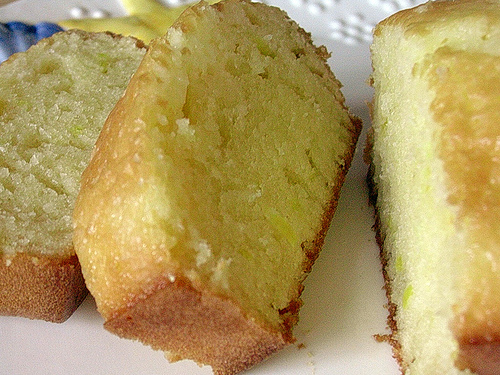Home made medicines or remedies made from home grown fruit, vegetables and herbs, with the addition of a few other ingredients, have long been a tradition for centuries. Making your own cures is easy, simple, cheap and you have the satisfaction of curing yourself.
Arthritic Pain
Make celery seed tea by boiling a teaspoon of seeds in a cup of water for about ten minutes. The tea helps remove uric acid from joints to provide relief. Also try to use turmeric in your cooking as it has anti-inflammatory effects.
Athletes Foot
Place slices of garlic in between your toes daily and in contact with the affected area. Wear socks and shoes, leaving the garlic in place all day. Garlic with its ant-bacterial and anti-fungal effects will clear the infection after a few days.
Bad Breath
Chew dill, aniseed or fennel seeds to take away bad breath. You can also boil dill, fennel or aniseed leaves and seeds for 5-10 minutes and use the cooled liquid as a mouthwash.
Colds and Influenza
Make a tea with freshly squeezed lemon juice and honey. Also eat raw garlic cloves.
Digestive Problems
Place one tablespoon of aniseed, with a little sugar into a pan with half a litre of water and simmer for 15 minutes. Strain and drink as a tea.
Wash a small amount of chicory root, chop and simmer in half a litre of water for 15 minutes. Strain into a pre-sterilised jar and drink to relieve stomach aches and heartburn.
Steep 15g of dried dill seeds in 250ml of boiling water. Allow to stand for 10 minutes, strain and drink as a tea.
Eczema
Extract gel from an aloe vera leaf and apply to the affected area.
Fluid Retention
Parsley is a natural diuretic - add to salads, cooking or drink three cups a day of tea made using dried parsley.
Gout
Drink the juice of a freshly squeezed lemon combined with lukewarm water after each meal. This will stimulate the formation of calcium carbonate which acts to neutralise acid and provide some relief.
Headache
Make a herbal tea with peppermint to relieve a headache.
Influenza
Infuse chopped ginger in boiling water for 15 minutes to make a tea. Ginger has anti-viral properties, helps with sore throats and eases upset stomachs.
Mouth Ulcers
Make a gargle using two teaspoons of coriander seeds boiled in water. Once cooled, strain and use the gargle 3-4 times a day.
Nausea
Make a herbal tea using dill seeds and leaves to soothe nausea and help with upset stomachs.
Rheumatic and Arthritic Pain
This ginger tea is said to relieve pain because it acts as an anti-inflammatory. Peel and chop a small piece of ginger and cover in boiling water. Allow to stand for about 10 minutes and some honey or sugar to taste.
Wash about 50g of freshly picked young nettles and cover with boiling water. Allow to stand for 8-10 minutes, strain and drink as a tea.
Sore Throat Soothers
Wash a small bunch of sage and simmer in a pan with honey. Allow to completely cool and strain the liquid into a pre-sterilised jar. Keeps for about 6 months.
Chop garlic cloves finely and pour over boiling water. Allow to stand for two hours and strain liquid into a pre-sterilised jar and use as a gargle.
Wounds
Apply this turmeric paste to speed up healing of wounds. Put 50g of dried turmeric in a pan with 250ml of water and simmer, whilst continually stirring, until you have a tick paste. Once cooled apply the paste to the wound.
Alternatively, squeeze some gel from an aloe vera leaf and apply to the wound. The gel will soothe the wound but with it's anti-bacterial and anti-inflammatory capabilities will also speed healing.







